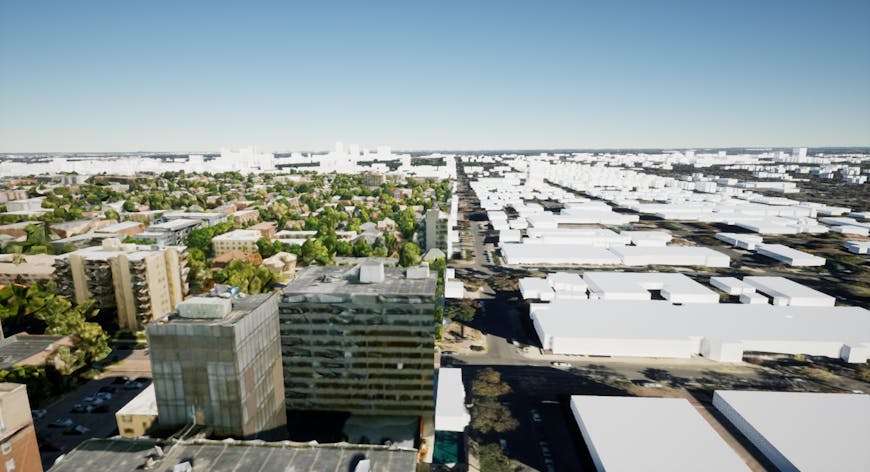Cesium Releases in January 2022
CesiumJS 1.89 Release
CesiumJS 1.89 is now available. The release includes a number of bug fixes and updates. Highlights include:
- Added a
pointSizefield to custom vertex shaders for more control over shading point clouds. - Added
lambertDiffuseMultiplierproperty to Globe object to enhance terrain lighting. - Added
getFeatureInfoUrloption toWebMapServiceImageryProvider, which reads thegetFeatureInforequest URL for WMS service if it differs with thegetCapabilitiesURL. - Added
tileset.enableModelExperimentalso tilesets withModelandModelExperimentalcan be mixed in the same scene.
See the changelog for a full list of updates and links to the discussion & code on each one. You can also subscribe to the Cesium roundup release thread on the community forum to get notifications about our monthly releases.
With the new pointSize field in custom vertex shaders, anyone can write their own point cloud attenuation function like this shader, which changes PBR values based on mouse movement. Try it out in Sandcastle.
Cesium for Unreal 1.9.0 Release
Cesium for Unreal and Cesium Native are now updated. Highlights include:
- Added
Cesium3DTilesWriterlibrary. - Fixed a bug that could cause incorrect LOD and culling when viewing a camera in-editor and the camera's aspect ratio does not match the viewport window's aspect ratio.
- Added the new 08_CesiumClipping sample level that demonstrates the use of Cartographic Polygons to mask out areas.
- Added the new 09_CesiumMaterialEditing sample level that demonstrates the use of custom materials on 3D Tilesets and raster overlays.
Check the Cesium for Unreal changelog, the Cesium for Unreal Samples release, and the Cesium Native 0.11.0 changelog for a full list of updates.

Using cartographic polygons, this Aerometrex Denver tileset is inset seamlessly into Cesium World Terrain and Cesium OSM Buildings.
Powered by Cesium
Last month we took a new look at GeoFS, the free online flight simulator built on CesiumJS. The 3.0 beta version has major visual improvements including atmospheric scattering and illumination, volumetric clouds, and water effects. Read the full interview with developer Xavier Tassin for details about the visual improvements he’s made.